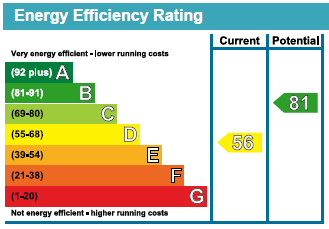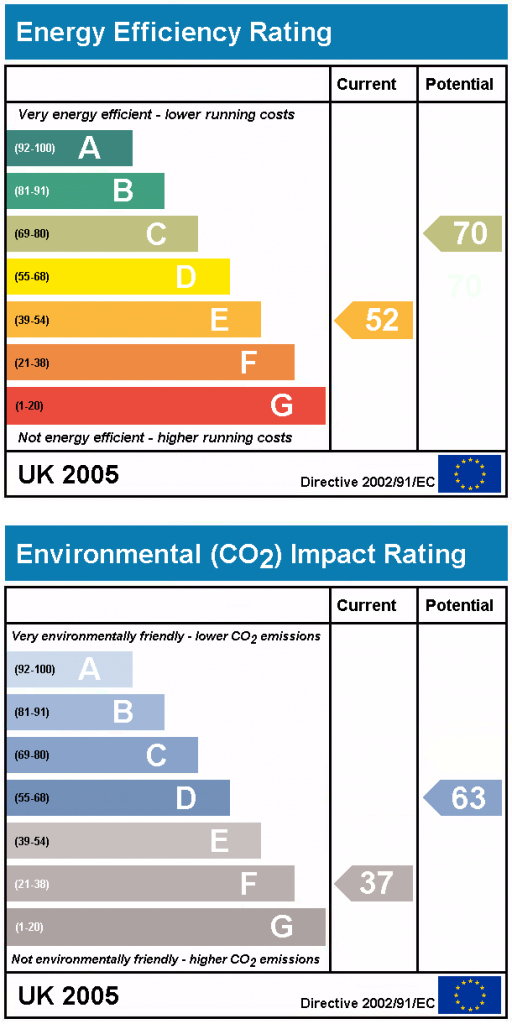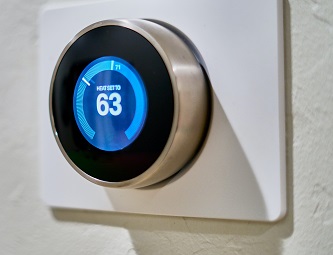
ARTICLE
Future-proof the value of your commercial property
Minimum Energy Efficiency Standards (MEES) were introduced by the UK Government in the 2011 Energy Act. This legislation mandates that non-domestic landlords must possess an Energy Performance Certificate (EPC) for their property and make a copy available to leaseholders. Furthermore, it stipulates that the EPC rating must be at least E for all buildings rented out.
Currently commercial landlords in England and Wales are prohibited from granting a new lease unless the property has an EPC rating of E or higher.
Estimates indicate that 18% of commercial properties currently fall below the existing standard, holding either F or G ratings. If a new standard of an EPC B rating were to be implemented, a significantly larger number of commercial properties would fall short. This emphasizes the pressing need for most landlords to proactively address energy efficiency issues in their properties.
Why act now?
Now is the moment for you, as a commercial landlord, to future-proof your properties. Anticipating the inevitable rise in minimum standards by Now is the opportune moment for you as a commercial landlord to future-proof your properties. Anticipating the inevitable rise in minimum standards ensures your property remains ahead of the competition. By upgrading your property now, you’ll not only meet current regulations but also safeguard against future changes will help ensures your property remains commercially viable.
The tenant perspective
Consider this: tenants are increasingly giving consideration towards energy-efficient spaces. Failure to upgrade your property could lead your tenants moving on to more efficient buildings which will help them slash their energy costs as well as providing a more comfortable working environment – an increasingly important factor they need to consider to recruit and retain staff.
There are a few simple steps you can take right away to find out if you should be thinking about an energy efficiency assessment:
Step 1: Check your EPCs
The first step is to check whether you have an up-to-date, valid EPC certificate for your building(s). If you don’t have an EPC for your property you’ll need to find a local energy assessor who can help you with this. If you do have a valid EPC, you then need to check what the rating is.
If the property is A-E rated then you don’t need to do anything immediately.
However, it’s worth remembering that the government’s current consultation is likely to enforce EPC ratings of B and above for all commercial buildings by 2030, so you may want to get ahead of the game and start improving your energy efficiency now.
If the property is rated F or G on your EPC, then you’ll need to act now…

Step 2: What improvements are needed
For any property rated F or G you will need to make energy efficiency improvements to comply with MEES regulations. You will need to get your property assessed by an energy efficiency expert who can tell you what improvements would need to be made to bring the EPC rating to an E, to future-proof your property, a rating of B or C. This will likely be a combination of improvements to your heating system, the building fabric (e.g. insulation, double-glazing), and lighting.
Frequently Asked Questions
Why was MEES put in place?
The energy we use for heating and powering non-domestic buildings is responsible for around 12% of the UK’s emissions. Whilst regulations are in place to enforce the energy efficiency of new buildings, before MEES there was no equivalent for existing commercial buildings. This is essential to enable energy efficiency improvements to tackle the energy used and reduce the emissions across non-domestic buildings.
What is an EPC?
An EPC is an Energy Performance Certificate. It contains information about a property’s energy use and typical running costs, as well as recommendations on how to reduce energy use in that property. It gives the property an energy efficiency rating from A (most efficient) to G (least efficient). Any property that is built, sold, or rented out is required to have an EPC, and must be made available to potential tenants or buyers.
To get a new EPC for your property you’ll need to find an energy assessor near you, which you can do through the government’s advice website.
You can see if a property has an EPC by searching the EPC register with the property’s address or the EPC’s report reference number.
When do changes need to be implemented?
The timeline for Minimum Energy Efficiency Standards (MEES) for non-domestic landlords in England and Wales currently looks like this:
April 2023 onwards – commercial landlords must ensure all properties have an EPC above E rating, whether or not it is being newly let or re-let (unless exempt).
The minimum energy efficiency standard is set to rise from an E to a C from April 2027 and to an A or B in 2030.
How will MEES be enforced?
Local authorities are responsible for enforcing the legislation. They will be issuing compliance and penalty notices with a fine of between £5,000 and £150,000.
What properties are exempt?
There are several exemptions to MEES for non-domestic landlords, which you can find in full detail on the Government’s website. The list includes:
- ‘7 year payback’: if the landlord can show that the cost of installing a recommended improvement would be high enough that it would not pay for itself within 7 years through savings on energy bills
- ‘All improvements made’: if a property has had all energy efficiency recommendations made, and it still does not meet an EPC rating of E and above.
- ‘Wall insulation’: where a landlord has received written advice from an expert that cavity/internal/external wall insulation is not appropriate for their property.
- ‘Consent’: some recommendations would require third-party consent e.g. from a local planning authority.
- ‘Devaluation’: where the landlord has received legal advice that the energy efficiency improvements would reduce the value of the property.
- ‘New landlord’: temporary exemption if the landlord of the property has newly become a landlord.
If you believe your F or G rated property may be exempt from MEES, you must be register this on the PRS Exemptions Register.

Thanks for reading!
Energy Solutions Oxfordshire makes it simple for every organisation to stop wasting energy, cutting running costs whilst helping to tackle climate change. Get started by filling out our online survey to get a free Desktop Diagnosis Report for your organisation.
Did you like what you read?
Then share this page with a colleague to keep the
conversation going and spark new ideas.
You might also like…

Energy cost is now biggest concern for UK businesses

All but two regions are failing on school energy efficiency in the UK

New findings suggest 87% of people in the UK now support renewables

